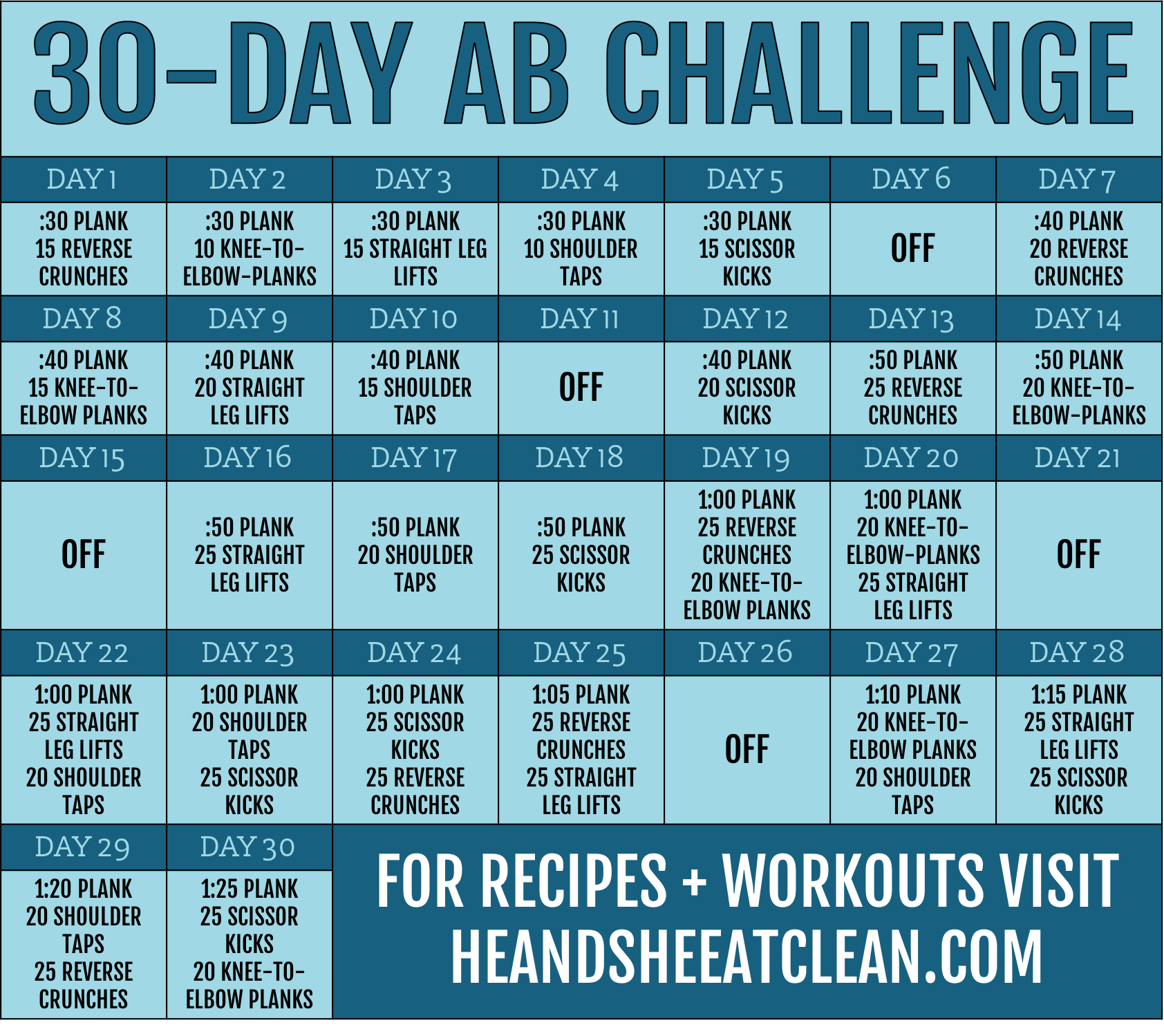Our post a few weeks ago, Canned or Dry Beans? What You Should Know... was so popular and we received so many questions on how to cook with dry beans, that we thought we would dedicate an entire post to it! Below you will find out how to soak the beans, cooking methods (including in a Crock Pot!), and how to freeze them.
1 cup of dry beans yields approximately 3 cups of cooked beans (or if comparing to canned beans, 3 cups)
Traditional Soaking Methods for Dry Beans
Soaking Overnight - In a large bowl, combine 6 to 8 cups of cold water with 2 cups of beans. Soak at least 6-8 hours - the longer the better! Drain and rinse your beans in cold water after soaking. You will also want to sort beans as foreign material (like rocks) may very well end up in your bag of beans.
Note: We don't recommend quick soaking your beans as you need quite a while to cook your beans, so it really doesn't save you too much time as long as you remember to soak your beans overnight.
Cooking Dry Beans (Remember to Soak First!)
Stovetop - Using a large saucepan or stock pot, fill with at least 6 cups of fresh water. Add drained and rinsed, soaked beans to the pot as well. At this time, you can add any type of seasoning should you wish for the beans. Cover pot and bring water and beans to a boil. Tilt lid so that some steam can escape and lower temperature to low or medium-low. Allow beans to cook for at least 2 hours or until tender (this may take a while).
Slow Cooker/Crock Pot - Add 6 cups of fresh water and rinsed, soaked beans to a slow cooker. If you wish to add seasoning of any kind, do so at this time. You could also add chopped garlic or onion, or even use Low-Sodium, Organic Chicken Stock in place of some of the water. Cover Crock Pot and place on high for 6 hours or low for 12 hours.
Freezing Cooked, Dry Beans
Allow beans to fully cool prior to storing. Transfer beans to freezer bags and store flat in your freezer. When you are ready to use them, take the bag out, give it a little shake to break up any beans that may have stuck together and add to your recipe.
What's your favorite addition - either spices, herbs or vegetables to use while cooking your beans?







![#ProgressIsPerfection [3 Simple Ideas to Reach Your Goals]](https://images.squarespace-cdn.com/content/v1/555c964fe4b07d15252a8927/1520969172984-7HDOHI6ZRM0PCZCZ7O67/progress-is-perfection-silk-he-and-she-eat-clean2.jpg)



























